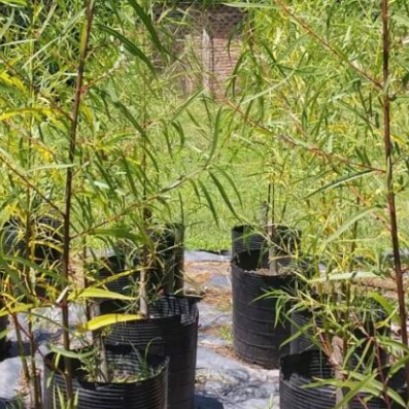
Why wood is good for health
Wood is the only 100% natural material used in construction since the origin of time. Now several studies show how wood is good for health, living in an environment with wood has benefits that we could not imagine.
90% of our time is spent inside buildings and vehicles. However, many of today's buildings still create problems such as seasonal affective disorder (SAD), depression and lung diseases.
According to a survey conducted, 90% of the respondents answered that they wanted to live in a house that did not compromise their health and well-being and a third of these respondents said they would be willing to pay more money in order to live in a healthy house.
Living in a house beneficial to health implies numerous aspects to take into account regarding design and materials. At this point comes into play the wood, which has shown through the following tests the health benefits:
- According to an Austrian study, children who spent the day in classes in a building constructed of wood and in contact with wood, reduced 8,600 beats per day and per child. This study also showed that being in a wood-based environment helps significantly reduce stress levels.
- Office workers with wooden interiors have conveyed feelings of innovation, energy and comfort.
- A Japanese study found that exposure to wood panels significantly decreases blood pressure, while exposure to steel panels increases it.
- Another Japanese study found that wooden furniture helped increase interaction among residents.
- According to a survey, when a person is in an ecological building increases their cognitive capacity by 61%.
- This coginitive capacity increased to 101% when additional vents were introduced.
- Wood relaxes the human sympathetic nervous system (SNS). The SNS is responsible for stress responses and increases in blood pressure and heart rate.
- It has also been shown that wood products in a room improve indoor air quality due to the ability of wood to regulate humidity.

IT MAY INTEREST YOU
 INTA Delta begins propagation of seven Creole willow clones for ecological restoration in Paraná
INTA Delta begins propagation of seven Creole willow clones for ecological restoration in Paraná
As a result of the rescue, domestication and registration work carried out by Teresa Cerrillo, a leading researcher in Salix Genetic Improvement, within the framework of the National Genetic and Forest Resources Programs of INTA, the multiplication and propagation of seven clones of Creole willow (Salix humboldtiana) began recently registered in the National Seed Institute (INASE) by INTA Delta del Paraná.
 Reforestation advances in the Historic Sanctuary of Machu Picchu with new restored hectares
Reforestation advances in the Historic Sanctuary of Machu Picchu with new restored hectares
The plan includes the planting of a thousand new trees in the sanctuary, in response to the damage caused by forest fires and environmental threats, with the support of local authorities and representatives of the tourism sector.
 Native forest | In Misiones, controls are tightened on routes for illegal transport of native wood, logging of forests without permits and fraudulent digital guides
Native forest | In Misiones, controls are tightened on routes for illegal transport of native wood, logging of forests without permits and fraudulent digital guides
Informality in forestry activity in Misiones was once again evident, the culture of operating illegally is a historical problem, and the Ministry of Ecology and Renewable Natural Resources carries out the corresponding control and inspection operations in the regulation of productive activity and sustainable management for the use of native forests.





















